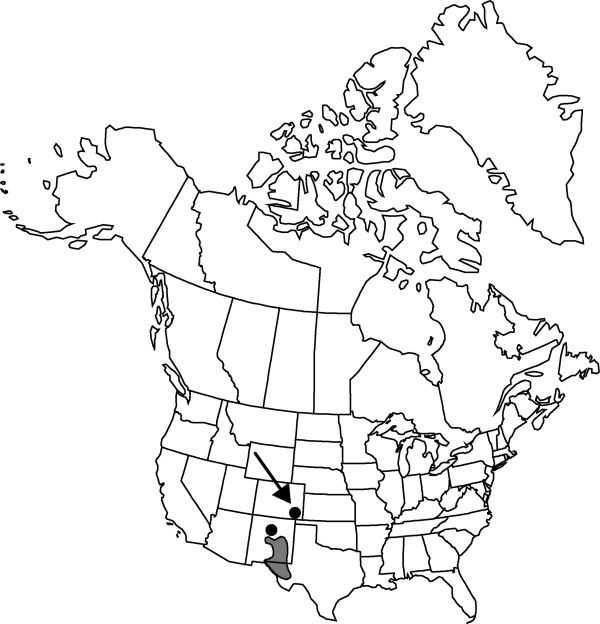Difference between revisions of "Abronia carletonii"
Bot. Gaz. 17: 349. 1892.
FNA>Volume Importer |
FNA>Volume Importer |
||
| Line 49: | Line 49: | ||
|publication year=1892 | |publication year=1892 | ||
|special status= | |special status= | ||
| − | |source xml=https://jpend@bitbucket.org/aafc-mbb/fna-data-curation.git/src/ | + | |source xml=https://jpend@bitbucket.org/aafc-mbb/fna-data-curation.git/src/8f726806613d60c220dc4493de13607dd3150896/coarse_grained_fna_xml/V4/V4_125.xml |
|genus=Abronia | |genus=Abronia | ||
|species=Abronia carletonii | |species=Abronia carletonii | ||
Revision as of 17:26, 18 September 2019
Plants perennial. Stems ascending, infrequently procumbent, unbranched to few branched, elongate, often whitish, viscid-puberulent to glandular-pubescent. Leaves: petiole 1–4.5 cm; blade lanceolate to elliptic-oblong, 2.5–5 × 0.5–3 cm, margins entire to ± repand and undulate, adaxial surface glabrous, abaxial surface glabrous or puberulent. Inflorescences: peduncle longer than subtending petiole; bracts ovate, 4–8 × 2–5 mm, papery, apex acute to acuminate, glandular-pubescent, sometimes villous basally; flowers 15–30. Perianth: tube greenish, 8–16 mm, limb pale pink to light magenta, 5–7 mm diam. Fruits turbinate, 4–17 × 3–5 mm, scarious, apex broadly obtuse and beaked; wings 5, thin walled, truncate and conspicuously dilated distally, dilations as wide as long and flattened perpendicular to plane of lamina, cavities extending throughout.
Phenology: Flowering spring–fall.
Habitat: Calcareous or gypseous, clay or silty soils, shrublands
Elevation: 1000-1600 m
Distribution

Colo., N.Mex., Tex.
Discussion
Selected References
None.